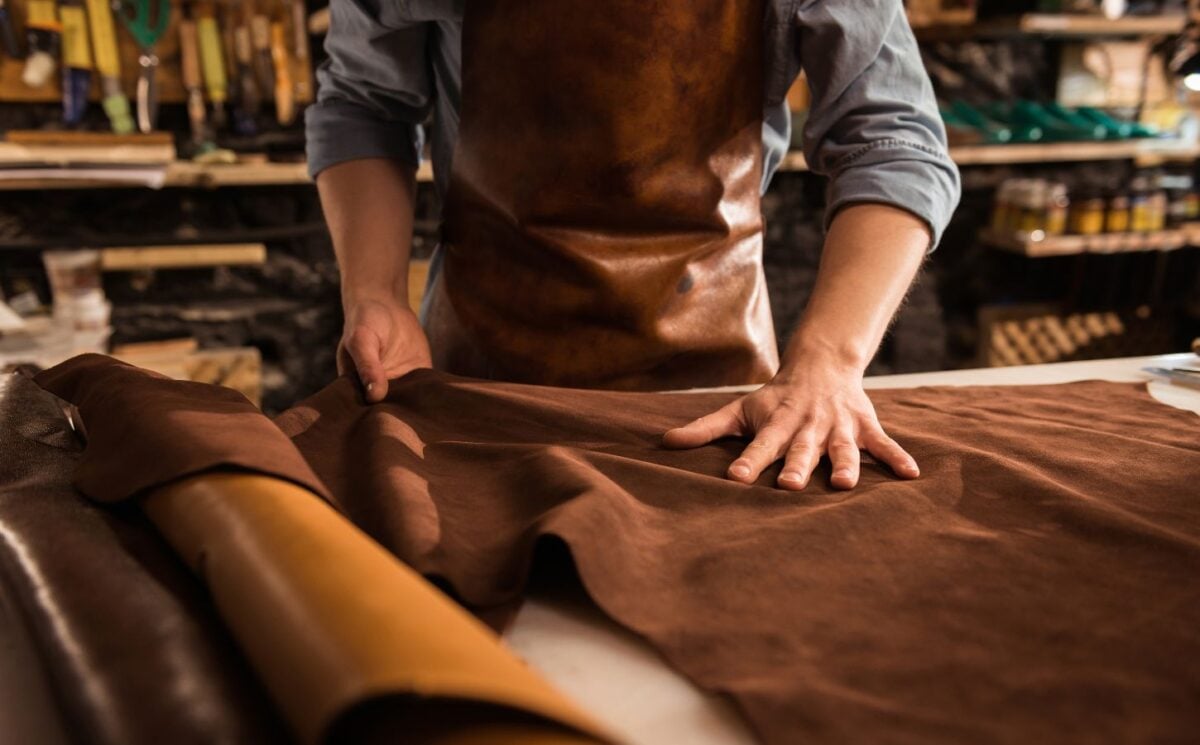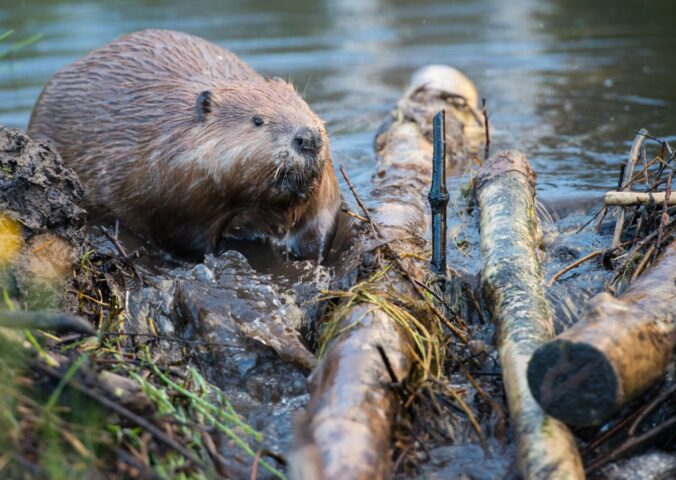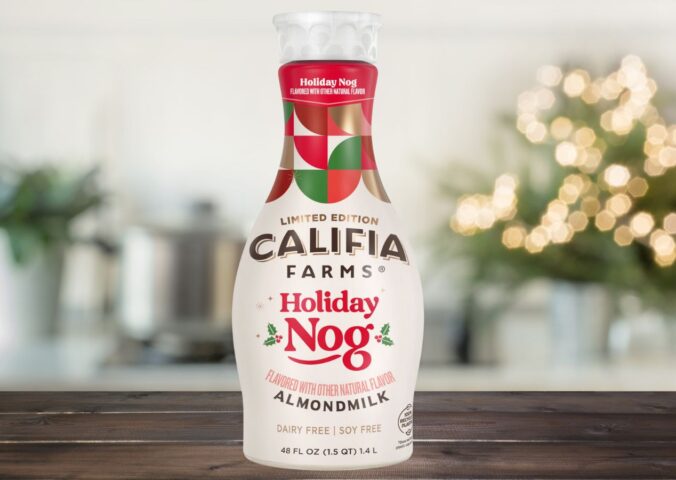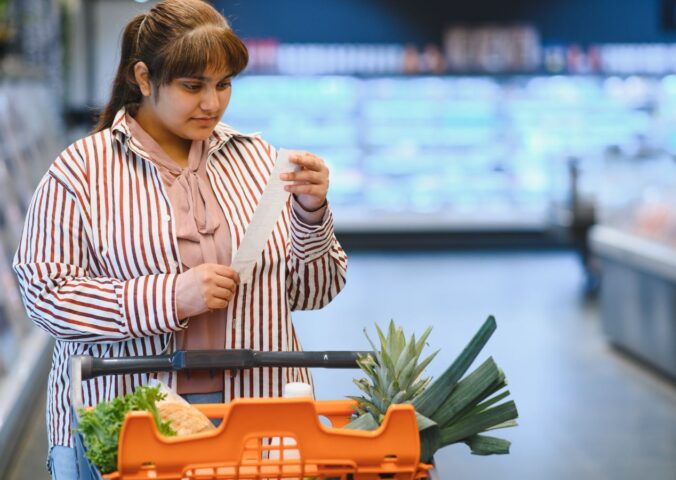Leather is tanned animal skin. It’s used for everything from shoes, bags, furniture, and sports equipment to car interiors. While there are a variety of modern, sustainable alternatives to leather – including ultra-realistic vegan versions – the industry persists in killing animals.
Read more: ‘Food For Profit’: The New Documentary On Factory Farming In Europe
Leather making is an ancient art practiced for more than 7,000 years. Even in prehistoric times, early humans began using the skins of the animals they hunted as protection against the elements, mostly as clothes but also as shelters.
But in modern times, leather is mass-produced to feed the excessive demands of modern consumer culture, at the cost of billions of animal lives, environmental degradation, and tonnes of carbon equivalent emissions. Here’s everything you need to know about leather – including whether it’s really a byproduct of the meat industry, and whether it’s as cruel as critics say.
Is leather a byproduct of agriculture?
Despite its reputation, leather is definitively not a byproduct. The modern leather industry does not reduce the waste of animal agriculture, it collaborates in it. Leather is best viewed as a coproduct, meaning that the two industries are distinct, but inextricably linked.
The global leather goods market is gigantic, and Grand View Research predicts it will reach USD $405.28 billion by 2030, up from $242.85 billion in 2022. In 2020, global production reached 12.5 million tonnes and included the skin of over 1.4 billion animals. (That’s nearly 20 percent of the entire human population at the time killed within a single year.)
Apart from the staggering inherent environmental footprint of raising cattle, turning hides into leather itself has a significant impact. So significant, in fact, that Collective Fashion Justice believes turning hides into products creates more CO2e emissions – about 110kg per square meter – than simply putting them straight into landfill. (Which is very likely where the product will end up rotting and producing emissions eventually, anyway.)
It’s also not just cows that are used to produce leather. Hides from sheeps*, lambs, goats, and pigs are also frequently used, while animals such as crocodiles, alligators, snakes, kangaroos, zebras, elephants, and more – including rare, endangered, and keystone species – are hunted specifically for their skins, frequently for luxury accessories by high-end brands.
Fashion designer and vegan icon Stella McCartney, who uses plant-based alternatives to leather in her various products, previously told Plant Based News (PBN) that the idea of leather was a byproduct was “sheer nonsense.” She added: “I’m here to let people know that’s a lie that’s been created by the meat industry and leather boards.”
Is the leather industry cruel?
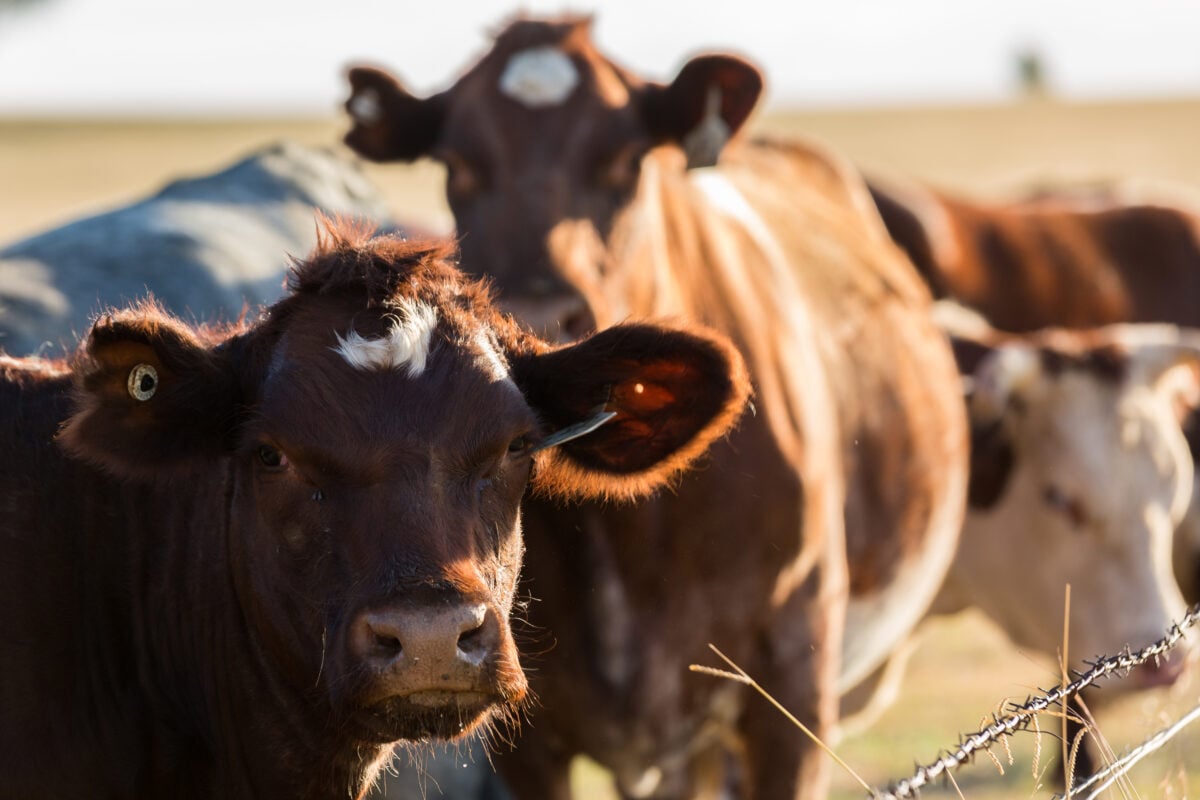
Animals that are hunted specifically for their hides often experience routine but stark cruelty, including the live skinning of crocodiles and snakes on certain farms. The live skinning of cows has also been documented.
Most leather does come from cows raised for beef and milk, however, and the majority of these animals are factory farmed. (Overall, the industry raises around 92 billion animals per year in cramped, unhygienic, and trauma-inducing cruel conditions.)
This means that most leather is inextricably linked to intensive animal farming – and all of the ethical, human, and environmental issues that it promotes. Furthermore, some parts of the industry are lobbying for even more intensification, which will worsen its problems.
Emma Håkansson from Collective Fashion Justice previously told PBN that the reality of leather production is intentionally obfuscated by the fashion industry. “While people are aware that leather is the processed skins of animals, all advertising and messaging from the fashion industry is designed to normalize this and limit questioning,” she said.
The unique impact of the leather industry
A 2022 report by Collective Fashion Justice found that the 170 unique chemicals used in conventional leather tanning pose significant risks to soil, air, land, and wildlife, harming biodiversity and the human communities working in and living near factories. (Dyeing and finishing textile products account for around 20 percent of all clean water pollution.)
Leather also notably fuels illegal deforestation in its own right, along with human displacement, murders, child labor, exploitation, and abuse.
In addition to its enormous contributions to animal cruelty, environmental destruction, pollution, human rights issues, and more, the leather industry is notoriously inefficient. Producing 10 bags from Brazilian leather can cause approximately one hectare of deforestation, while cow leather boots cost nearly seven times more CO2e than alternatives.
While leather is historically celebrated as a buy-once material, the ubiquitousness of fast fashion means that many people consume leather products like bags and shoes in the same way they would others. The European footwear industry alone generates about 100,000 tonnes of leather waste per year, the majority of which is either incinerated or sent to landfills.
Read more: Animals Up In Flames: The Growing Threat Of Barn Fires
Are there vegan alternatives to leather?
While petroleum-based PU leather, or “pleather,” comes with its own significant footprint, there are many modern materials that rival leather in longevity and aesthetic, but minimize environmental and ethical costs by cutting out the animals.
Cork and waxed cotton are well-established alternatives to animal leather, but cactuses, corn, mushrooms, rubber, flowers, and fruit are now also used to create effective and sustainable bio-leather products.
Earlier this year, scientists grew a self-dying black leather shoe from bacterial cellulose. Lead author Professor Tom Ellis noted that the natural compound is inherently vegan, and requires just a fraction of the CO2e, water, land, and time of traditional leather. (It’s also biodegradable and free from PU leather’s toxic petrochemicals.)
Co-author Dr Kenneth Walker noted that the real potential of leather alternatives can be explored best when the scientific community and fashion designers work together.
“As current and future users of new bacteria-grown textiles, designers have a key role in championing exciting new materials and giving expert feedback to improve form, function, and the switch to sustainable fashion,” said Walker.
Read more: The Best Vegan Trainers To Buy In The UK
*While the English language usually refers to multiple sheeps as “sheep”, we use “sheeps” to emphasize that they are individuals.
